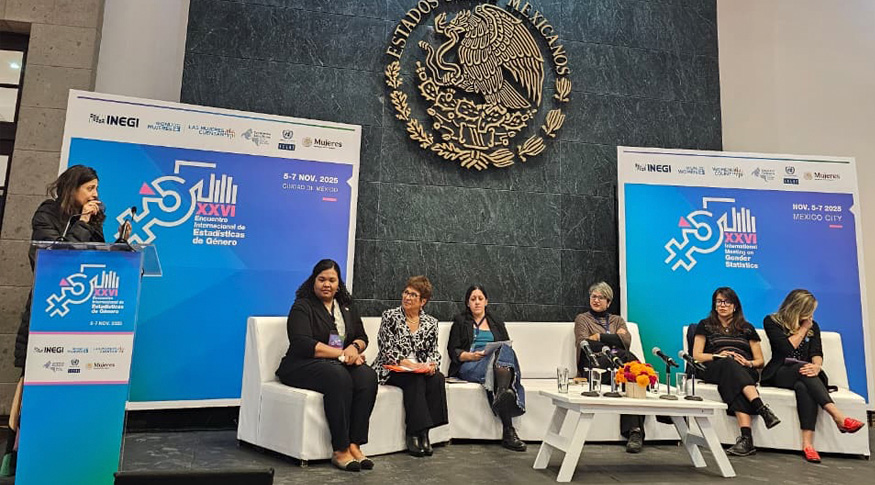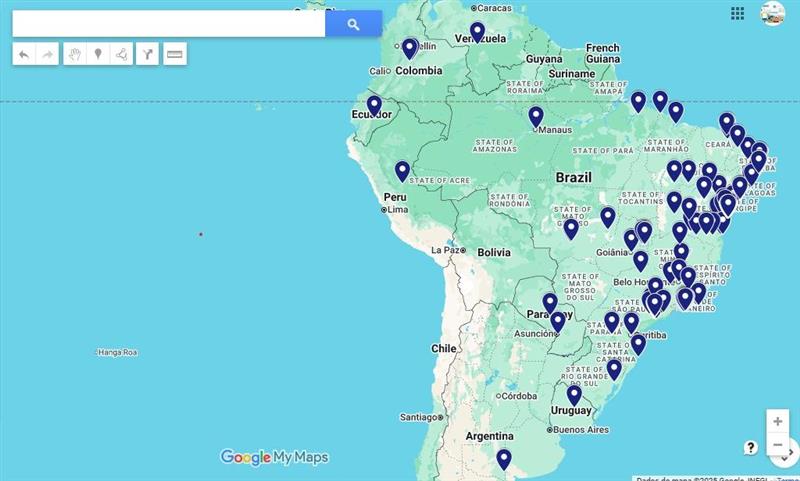Continuous PNAD
Unemployment rate falls to 7.7% in the third quarter and number of employed persons hits record in the series
October 31, 2023 09h00 AM | Last Updated: November 01, 2023 06h03 PM

The unemployment rate was 7.7% in the third quarter, with a change of -0.4 percentage points (pp) compared to the previous three months. It is the lowest level since the quarter ended in February 2015 (7.5%). The number of unemployed persons fell 3.8% in the quarter, reaching 8.3 million. The number of employed persons hit a record level in the time series of the Continuous National Household Sample Survey (Continuous Pnad), started in 2012: 99.8 million persons. The data was released today (31) by the IBGE.
“The drop in the unemployment rate was caused by the significant growth of the number of persons working and by the retraction in persons seeking for a job in the third quarter of 2023”, explains IBGE’s coordinator of Household Sample Surveys, Adriana Beringuy.
In the comparison with the previous quarter, the number of employed persons grew 0.9%, which represents 929 thousand more persons in the labor market. As a result the employment population ratio was estimated at 57.1%, with growth of 0.4 pp in the same comparison. This rate represents the percentage of employed n the working-age population.
The greatest part of this increase in the number of the employed (587 thousand persons) came from the category of employees with a labor contract in the private sector, which reached 37.4 million workers with the increase of 1.6%. This was the only category investigates by the survey presenting a significant increase. The others remained stable over the previous quarter. IN the comparison with the same period a year ago, the increase of this category was of 1.1 million persons (3.0%).
“In relation to the previous moving quarter, more than half of the persons that entered the labor market came from the growth of labor contracts. That made the expansion in the formal employment be bigger that that of the informal one”, she highlights. IN the quarter, the labor market absorbed 631 thousand formal workers and 299 thousand informal ones. The informality rate reached 39.1% of the total employed population, representing stability over the quarter ended in June. As a whole, 39 million informal workers were accounted for in the country.
In relation to the analyzed economic sectors by the survey, the only one that recorded significant increase in the number of employed persons was that of information, communication and financial, real estate, professional and administrative activities (3.5% or 420 thousand persons). The other nine activities were stable in the comparison with the moving quarter ended in June.
“As a whole, the economic activities did not have reduction of workers, there were not lay offs. In the sector of information, communication and financial, real estate, professional and administrative activities, the highlights were the segments of financial services and of labor force renting. Although this activity was a highlight in the post-pandemic period due to the information technology services, now it has expansions in a row not only relates to this segment, but also to the services of labor force renting, of administration, legal and financial advisory. Besides, a good part of the growth of labor contract employment in the quarter came through this activity” highlights Ms. Beringuy.
The number of persons in the labor force, encompassing employed and unemployed ones, reached 108.2 million, with a rise of 597 thousand persons in the quarter. In the same period, the population out of the force, estimated at 66.8 million, stood stable, as well as the number of those who belong to the potential workforce (6.5 million). This group gathers persons that were not employed or seeking for a job, but had the potential to become workforce.
The discouraged one, in turn, are a subgroup of the potential workforce and added up to 3.5 million, the lowest number since the quarter ended in 2016 (3.5 million). It was a decrease of 4.6% in the comparison with the previous moving quarter, which represents 168 thousand less persons
Earnings increase 1.7% against previous quarter
Average real earnings was estimated at R$2,982, an increase of 1.7% in relation to the quarter ended June and of 4.2% compared to the same period a year ago. “In comparison with the previous quarter, there was increase in the average earnings of workers with a labor contract in the private sector, employees in the public sector and self-employed workers. Among the activities, there was significant expansion of worker’s earnings of industry and of public administration, defense, social security, education, human health and social services”, says Ms. Beringuy.
Following the increase of the average earnings, the wage bill reached again the biggest level of the survey’s time series, being estimated at R$ 293 billion. Compared to the three previous months, the increase was 2.7%. “Faced with an expansion fo the employed population, we have as a result the increase of the real wage bill. This high can have influence from the greater participation of formal workers in the labor market, who have, on average, bigger earnings”, analyses the coordinator.
More about the survey
Continuous PNAD is the main instrument to monitor workforce in Brazil. The survey sample per quarter corresponds to 211 thousand households surveyed in Brazil. Nearly two thousand interviewers work in the survey in 26 states and in the Federal District, integrated to the data collection network of more than 500 IBGE branches.
Due to the Covid-19 pandemic, the IBGE implemented data collection by telephone on March 17, 2020. In July 2021, face-to-face data collection was resumed. The id of the interviewers can be confirmed at the Answering the IBGE website or through the Call Center (0800 7218181) by checking their ID numbers, which can be requested by the informants.
See PNAD data on Sidra. The next release of Continuous PNAD, related to the quarter ended in August, will be on November 30.

















